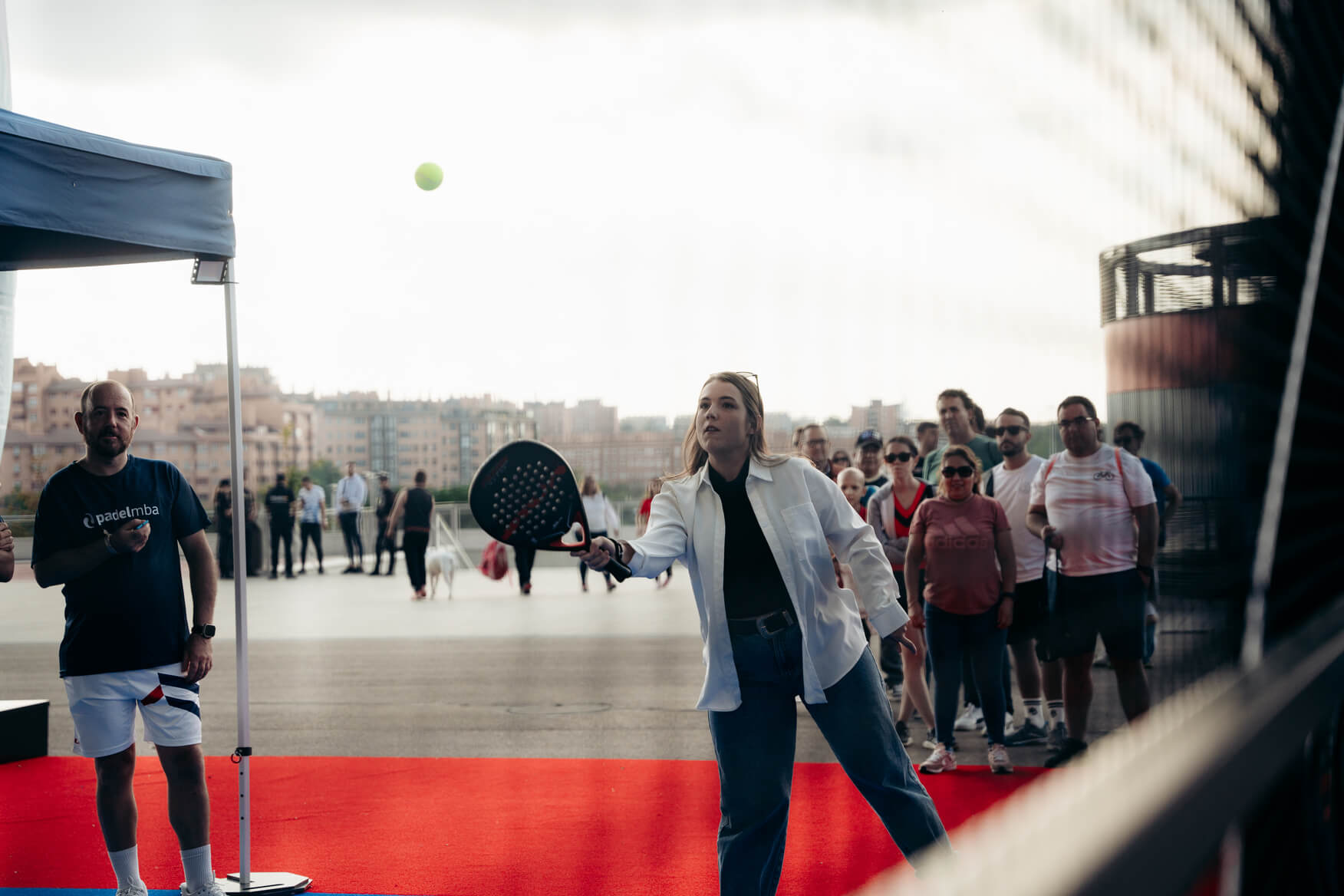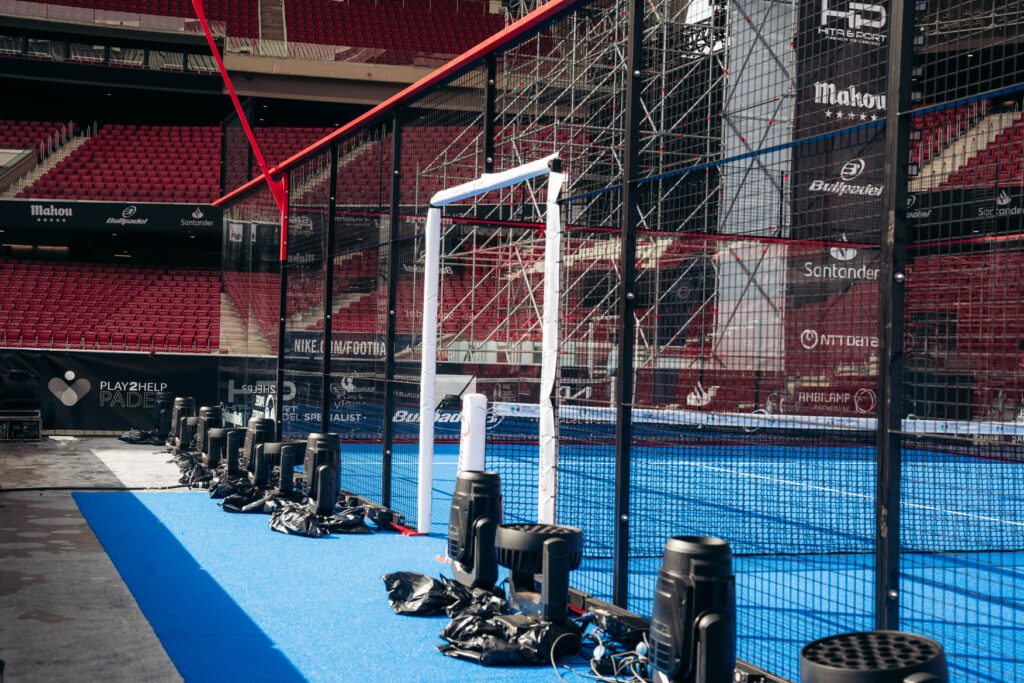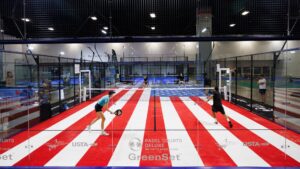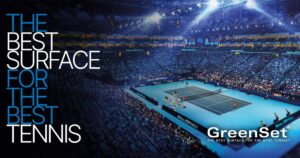
What is Padel tennis? Rules + Where to play
If you have come this far, perhaps you are wondering what is Padel Tennis? Padel tennis has grown enormously in popularity in recent years, attracting sports enthusiasts with its unique mix of tennis and squash. The fascination with this exciting sport has led many to find out more about the cost and purchase of a paddle tennis court. In this article, we take a look at the different aspects of paddle tennis, from the basics of the game to the financial considerations involved in building a paddle tennis court.
What Is Padel Tennis?
Padel Tennis, also known as padel, is a racquet game that combines elements of tennis and squash. It is typically played on a tennis court with glass walls that keep the ball in play while providing strategic play opportunities. The rules are similar to those of tennis, but the playing field is smaller and special paddle tennis rackets are used. The game can be played in singles or doubles form and requires skill, endurance and a good strategic mindset.

What Are The Rules?
The rules of paddle tennis are a mix of tennis and squash, resulting in a dynamic and entertaining gaming experience. The basic rules involve counting points like in tennis, although the ball can also touch the walls. The walls open up additional tactical possibilities as players can cleverly pass the ball into the walls to surprise their opponents. Adhering to the rules is crucial to ensure a fair and exciting game.
Play Padel
Playing padel tennis is not only a physical activity but also a social experience. It encourages teamwork and allows players to improve their tactical skills. The use of special paddle tennis rackets and the limited court size requires an adjustment in game strategy compared to traditional tennis games. The ability to deftly hit the ball against the walls opens up a variety of tactical options and makes paddle tennis a unique and addictive experience.
Why Padel Tennis at the Tennis Club?
More and more tennis clubs are choosing to integrate paddle tennis courts to offer their members a wider range of sports options. The reasons for this are diverse.
Paddle tennis is easier to learn than tennis, making it an accessible sport for people of all ages. The lower space requirements compared to a traditional tennis court allow clubs to offer paddle tennis even with limited space.

What advice is there for clubs?
When a tennis club is considering incorporating paddle tennis, there are some important considerations to keep in mind. First, the available space should be analyzed to determine whether there is enough space to build a paddle tennis court. The costs vary depending on the location, building regulations and the chosen equipment of the place. It is advisable to contact an experienced contractor who specializes in paddle tennis courts to get an accurate cost estimate.
Selecting high-quality glass walls and dedicated paddle tennis rackets is crucial to optimizing the playing experience. It is also important to have the playing field well lit to enable play even in poor lighting conditions. A well-thought-out design of the club premises can help to increase the attractiveness of the paddle tennis offering and attract new members.
Another advantage lies in the social dynamics of sport. Paddle tennis is ideal for doubles matches, which promotes interaction and social exchange between club members. The glass walls of the paddle tennis court allow even non-players to watch the game and create a lively atmosphere.
Conclusion
Paddle tennis is not only a sport, but also a social activity that appeals to people of all ages and skill levels. The integration of paddle tennis courts into tennis clubs expands the sporting offerings and promotes social interaction between club members. The cost of building a paddle tennis court varies depending on various factors, and it is important to plan carefully and hire experienced professionals.
Overall, paddle tennis offers an exciting alternative to traditional tennis games and opens up new opportunities for clubs to diversify their offerings and expand their membership base. With the right commitment, planning and high-quality equipment, tennis clubs can successfully integrate paddle tennis into their range of sports and create added value for their members.




